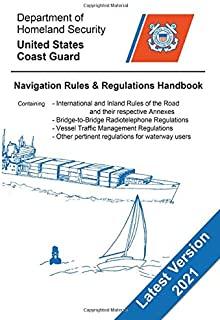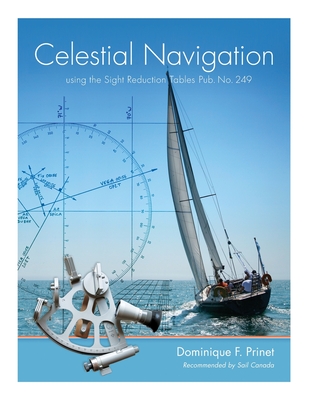
The International Rules in this book were formalized in the Convention on the International Regulations for Preventing Collisions at Sea, 1972, and became effective on July 15, 1977. The Rules (commonly called 72 COLREGS) are part of the Convention, and vessels flying the flags of states ratifying the treaty are bound to the Rules. The United States has ratified this treaty and all United States flag vessels must adhere to these Rules where applicable. President Gerald R. Ford proclaimed 72 COLREGS and the Congress adopted them as the International Navigational Rules Act of 1977.
The 72 COLREGS were developed by the Inter-Governmental Maritime Consultative Organization (IMCO) which in May 1982 was renamed the International Maritime Organization (IMO). In November 1981, IMO's Assembly adopted 55 amendments to the 72 COLREGS which became effective on June 16, 1983. The IMO also adopted 9 more amendments which became effective on June 29, 1989. A single amendment became effective March 19, 1991. In 1993 8 amendments were adopted by the IMO which entered into force in 1995. The IMO adopted 9 amendments which entered into force November 29, 2003. Lastly, a single amendment was adopted which updated the Distress signals and entered into force on December 1, 2009. The International Rules in this book contain these amendments.
These Rules are applicable on waters outside of established navigational lines of demarcation. The lines are called COLREGS Demarcation Lines and delineate those waters upon which mariners shall comply with the Inland and International Rules. COLREGS Demarcation Lines are contained in this book.







